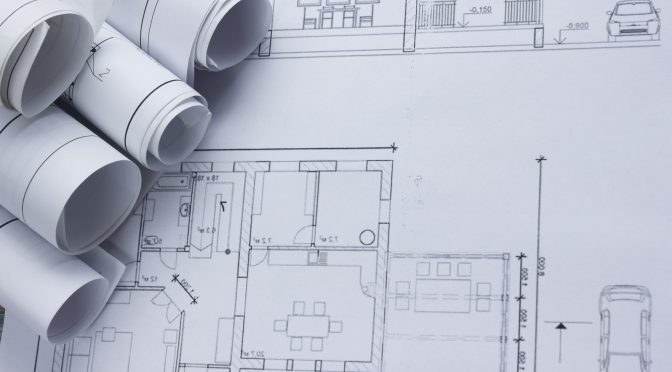A maintenance company based in Manchester has been prosecuted following an incident in which a worker was injured after falling from height.
The accident, which took place in July of 2014, involved a worker employed by Valmet Limited, an embedded contractor for the paper mill at Manchester Road, Carrington, Manchester.
The employee was working on the maintenance of a drive shaft using a torque wrench when the wrench slipped off the bolt head and caused the man to fall backwards through a rubber flap into the paper pulping machine. He fell a total of seven metres as a result of the unprotected edge and managed to swim through 2.5 metres of water to the side of the pulping machine and alert colleagues to help him. He suffered fractures to his foot as a result of the accident.
Businesses which require their employees to work at height should ensure they have a sufficient level of employers’ liability insurance to help cover them if they are prosecuted for an accident at work.
Following the accident, the Health and Safety Executive (HSE) carried out an investigation which found that, while a risk assessment of the task had been carried out prior to the worker beginning, no fall from height risk had been identified. The firm - which was previously known as Metso Ltd - was also found to have been involved in a double worker fatality at another premises in the past.
Valmet Ltd of Laneside Foundry, Manchester Road, Rossendale, Lancashire pleaded guilty to breaches of Section 3(1) of the Health and Safety at Work etc. Act 1974 at Manchester Crown Court and was fined £120,000 plus costs of £8,591.
HSE Inspector, Adam McMahon, said: "A supervisor had to carry out numerous risk assessments on the day of the incident along with covering others duties. The hazard of working at height was not identified and as such a worker was exposed to a serious risk which could have resulted in death. It was pure luck that the pulper blades were not working or that the injured person did not drown.
"Risk assessments are the foundation for the effective control of risks. Time should be afforded to those who are required to complete them to ensure the hazards are identified and risks are controlled in order to safeguard workers.”








